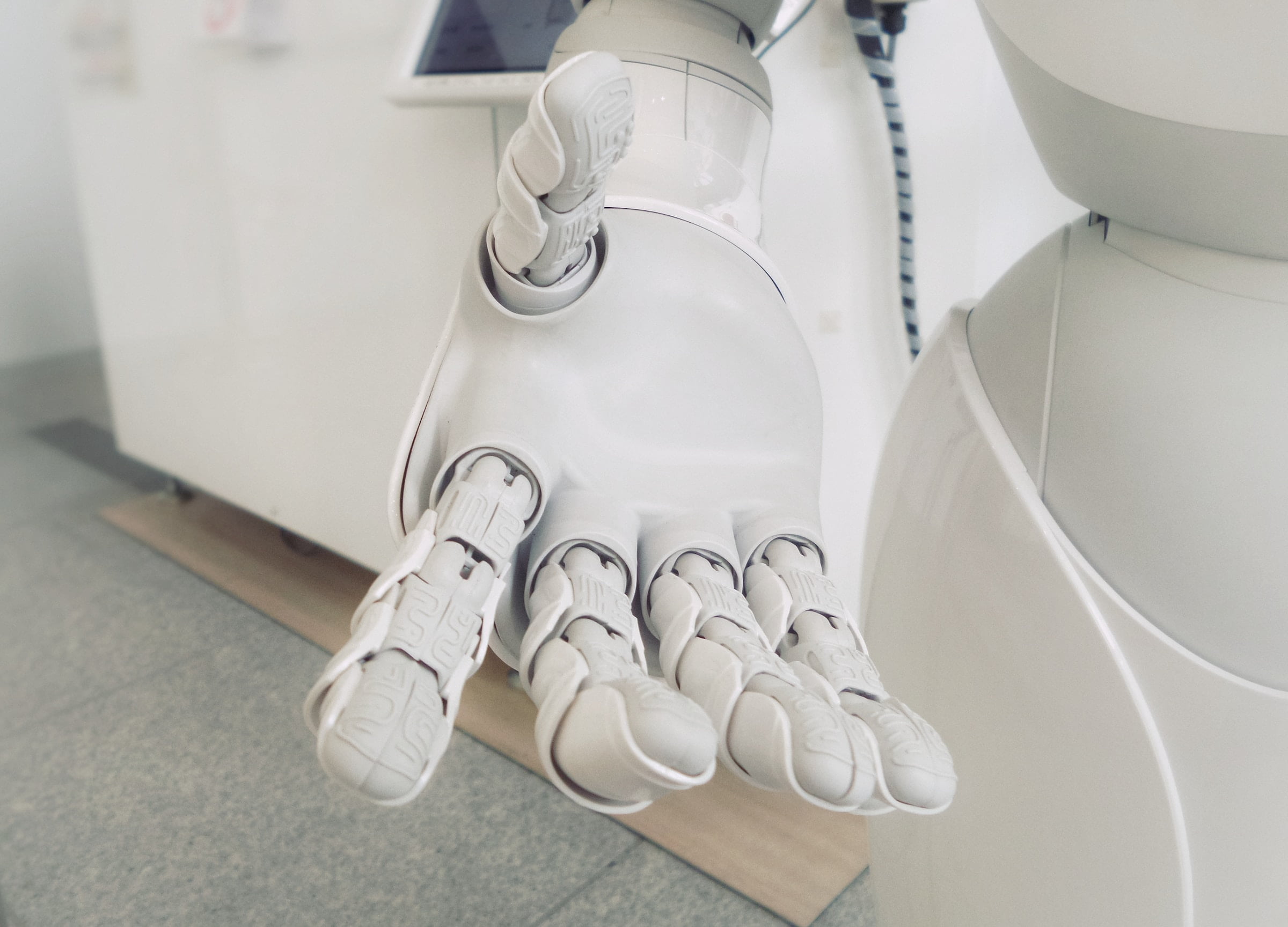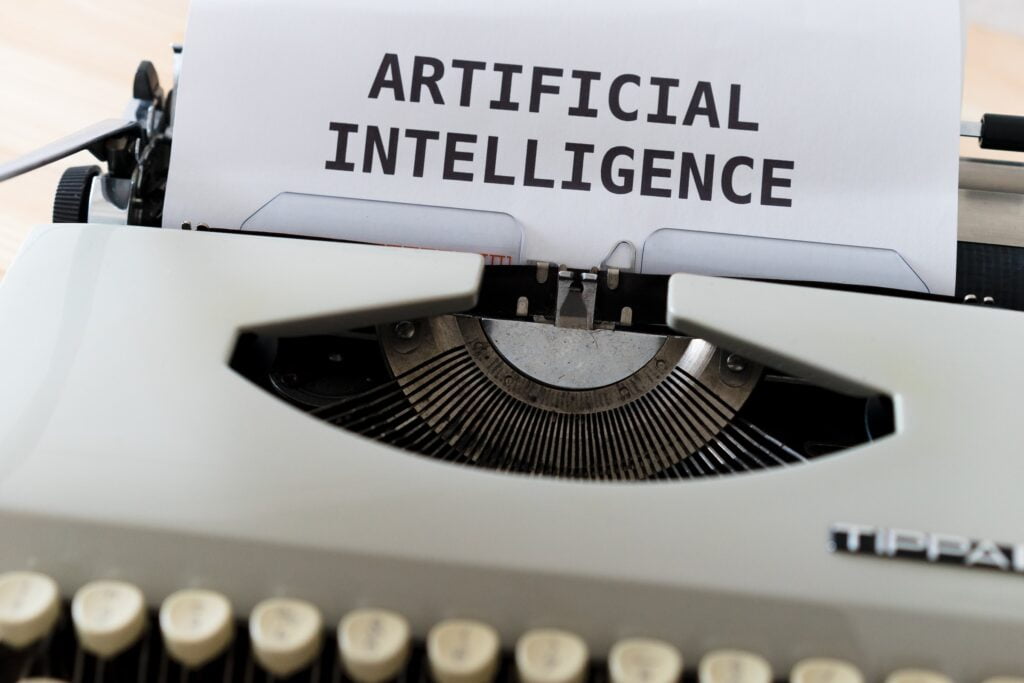


How AI Is Changing The Education System For The Better : Artificial Intelligence (AI) has significantly transformed various sectors, including education. The classroom environment in the traditional education system has often been monotonous and tedious for many students. However, AI has brought about a new era of education that is more engaging, interactive, and personalized. In this article, we will explore the positive impact of AI on the education system.
Personalized learning is an educational approach that aims to tailor the learning experience to meet the unique needs, interests, and abilities of individual learners. The traditional education system has a one-size-fits-all approach, where teachers deliver lectures to the entire class, irrespective of their individual learning pace and style. However, personalized learning recognizes that every student has different strengths, weaknesses, learning styles, and preferences.
Personalized learning leverages technology, data, and student-cantered pedagogy to provide tailored instruction and resources that are customized to each student’s needs. It uses adaptive algorithms that analyse the student’s performance and provide content that meets their unique learning needs. This enables students to learn at their own pace, in their preferred style, and in a way that is most effective for them.
Teachers can differentiate instruction by providing students with different learning materials, tasks, and assessments that are based on their readiness, interests, and learning profiles. This approach allows teachers to tailor their teaching to the unique needs of each student, rather than using a one-size-fits-all approach.
Adaptive learning, on the other hand, uses data-driven algorithms to adjust the difficulty and pace of learning activities to match the student’s level of understanding and progress. This approach provides students with personalized instruction and feedback, helping them to learn more efficiently and effectively.
Competency-based learning is another approach that focuses on mastering specific skills and knowledge, rather than completing a set curriculum. In this approach, students progress at their own pace and move on to the next level only when they have demonstrated mastery of the current level. This approach enables students to learn at their own pace and ensures that they have a solid understanding of the material before moving on to the next level.
Virtual learning environments (VLEs) are online platforms that enable educational institutions to deliver teaching and learning materials to students over the internet. VLEs provide a range of tools and resources, such as discussion forums, wikis, blogs, video conferencing, quizzes, and assessments, to support remote teaching and learning.
VLEs are also known as learning management systems (LMS) or course management systems (CMS). These platforms provide a centralized location for instructors to organize and manage course content, track student progress, and provide feedback.
Virtual learning environments (VLEs) are digital platforms that provide a range of tools and resources for instructors and students to engage in online learning. These platforms have several key features, including:
AI-powered platforms known as Intelligent tutoring systems (ITS) provide students with personalized feedback and guidance, similar to that of a one-on-one tutor. These systems employ machine learning algorithms to analyze the student’s performance and provide feedback tailored to their specific areas of weakness. This approach not only enhances students’ academic performance but also boosts their confidence and motivation.
Grading assignments and exams is a tedious and time-consuming task for teachers. However, AI-powered grading systems can automate this process, freeing up teachers’ time to focus on other aspects of education. AI-powered grading systems use machine learning algorithms to analyze the student’s responses and assign scores accordingly. This not only saves time but also ensures that grading is objective and unbiased.
AI-powered predictive analytics can help educators identify students who are at risk of dropping out or underperforming. Predictive analytics use machine learning algorithms to analyze data such as student attendance, grades, and behavior patterns to identify students who may need extra support. This enables educators to intervene early and provide the necessary support to help struggling students.
Virtual assistants such as chatbots can help students with their academic queries and provide guidance on various aspects of education, such as exam preparation and career guidance. It is available 24/7, and students can access them from anywhere, making them a valuable resource for students who need quick and reliable assistance.
AI has revolutionized the education system by enabling personalized learning, creating virtual learning environments, providing intelligent tutoring systems, automating grading, offering predictive analytics, and providing virtual assistants. These advancements have made education more engaging, interactive, and accessible to a wider audience. As AI continues to evolve, we can expect more innovative solutions that will transform the education system for the better.
Gamification involves incorporating game elements in non-game contexts. In education, gamification can enhance the learning experience by making it more enjoyable and captivating. Educators can use AI-powered games to teach subjects such as math, science, and more. These games are designed to adjust to the student’s level and provide constructive feedback to facilitate improvement.
AI-powered predictive analytics can analyze student data and predict their future performance. This tool enables teachers to identify students who may be at risk of failing and offer them targeted support. Additionally, it can pinpoint students’ strengths and weaknesses, which enables teachers to personalize their instruction.

to understand, interpret, and generate human language in a way that is similar to how humans do.
NLP involves the application of various computational techniques and algorithms to process and analyze large amounts of natural language data, such as text and speech. Some of the key tasks of NLP include:
Language Understanding: NLP algorithms can be used to understand the meaning of human language. This involves tasks such as identifying parts of speech, parsing sentences, and extracting meaning from text.
Language Generation: NLP can also be used to generate human-like language. This includes tasks such as text summarization, machine translation, and dialogue generation.
Language Interaction: NLP can enable computers to interact with humans using natural language. This includes tasks such as speech recognition, chatbot development, and voice assistants.
NLP has a wide range of applications in various fields, including:
Sentiment Analysis: NLP can be used to analyze social media data, customer reviews, and other forms of text data to understand people’s opinions and emotions towards products, services, or topics.
Language Translation: NLP can be used to automatically translate text from one language to another, enabling cross-lingual communication.
Speech Recognition: NLP can be used to recognize and transcribe speech, enabling the development of voice assistants and other speech-based applications.
Chatbots and Virtual Assistants: NLP can enable the development of chatbots and virtual assistants that can interact with humans using natural language.
Automated grading is a tool that uses AI algorithms to grade student’s assignments, tests, and essays. This tool can save teachers a significant amount of time, and it ensures that grading is objective and fair. Automated grading also provides immediate feedback to students, which helps them to understand their mistakes and learn from them.
Learn about Financial Literacy : https://mycollegeassignment.com/financial-literacy-and-its-important/
Need a helping hand with your assignments? We’re here for you! Visit https://subjectacademy.com/ now
For more Details:https://mycollegeassignment.com/